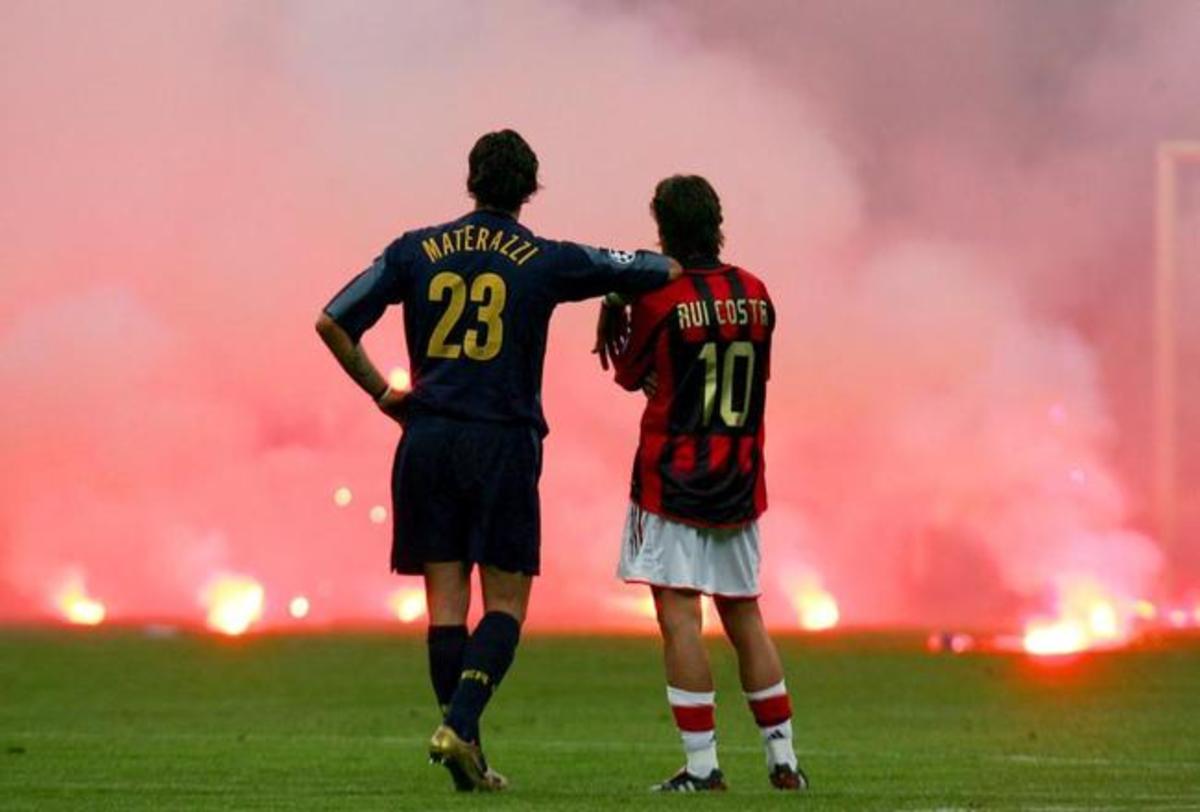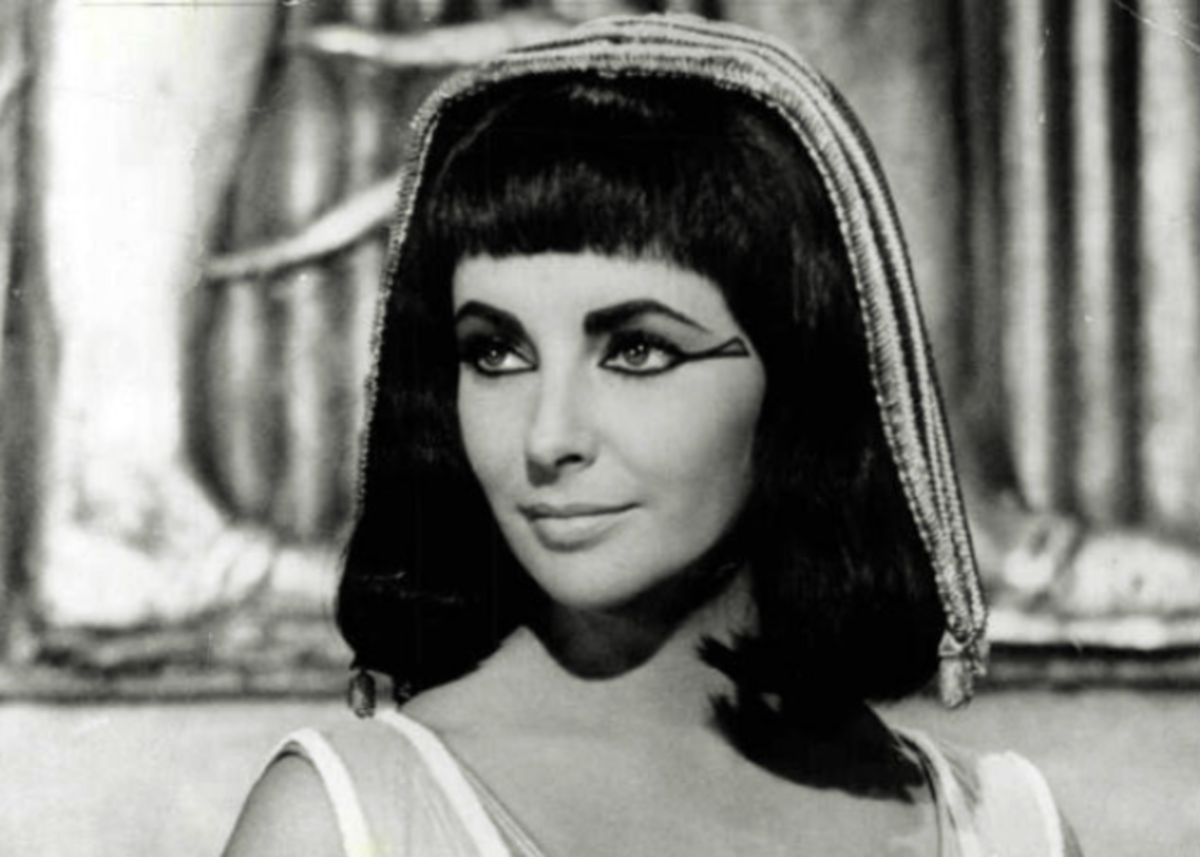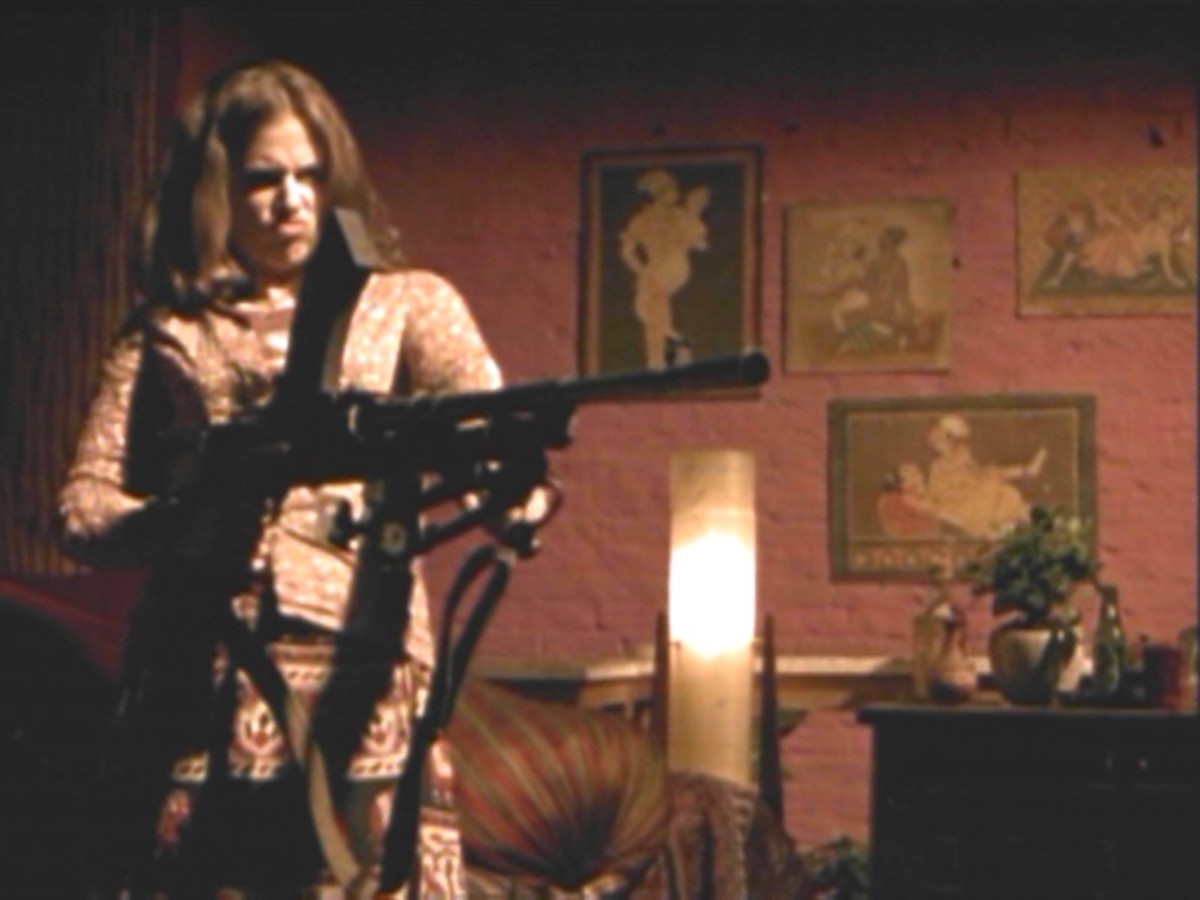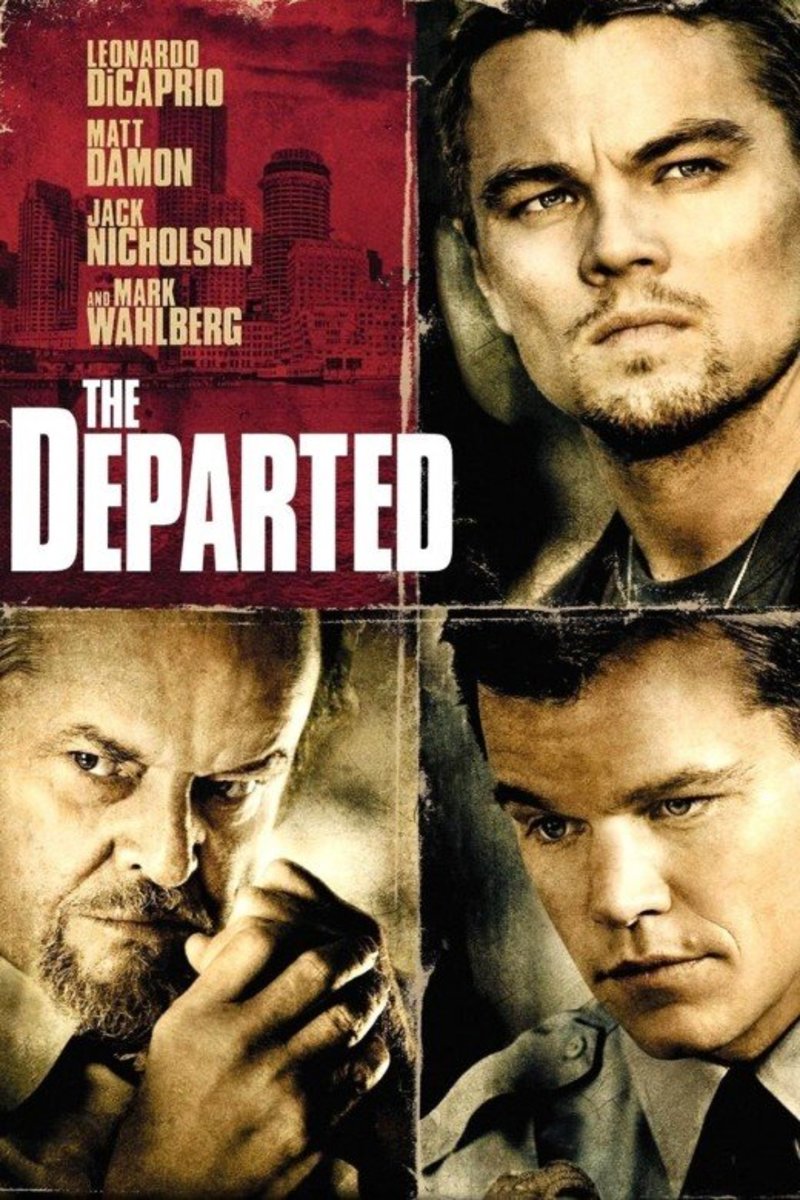A Dose of Tall, Dark and Lethal: 10 of the Coolest Movie Gangster Rivalries of All Time
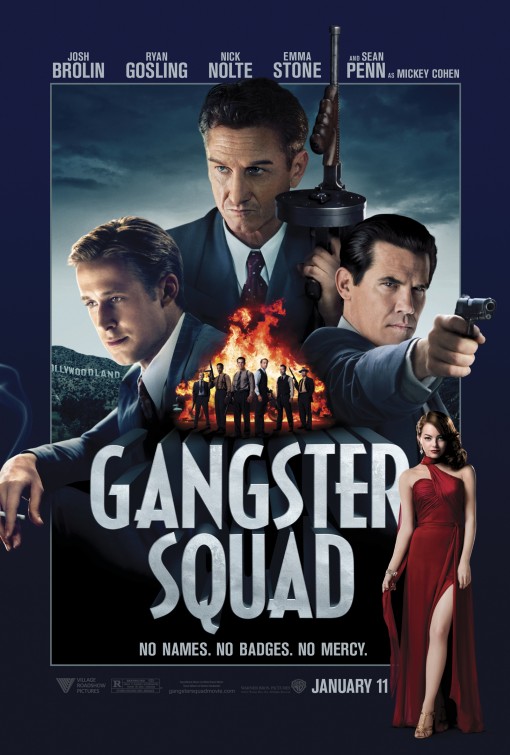
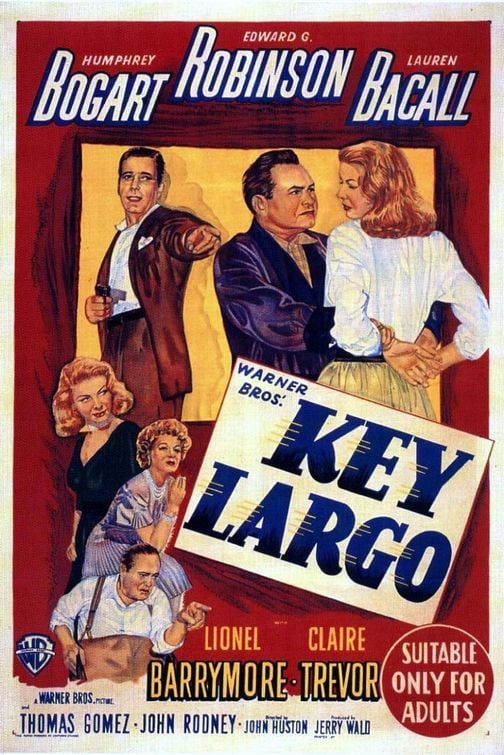
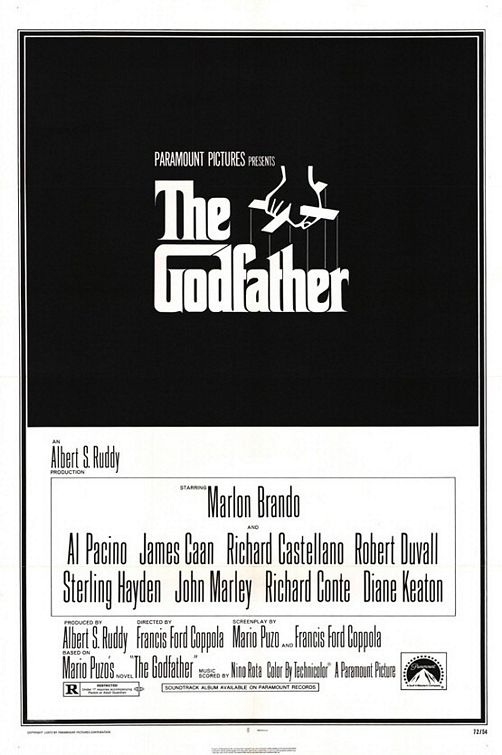
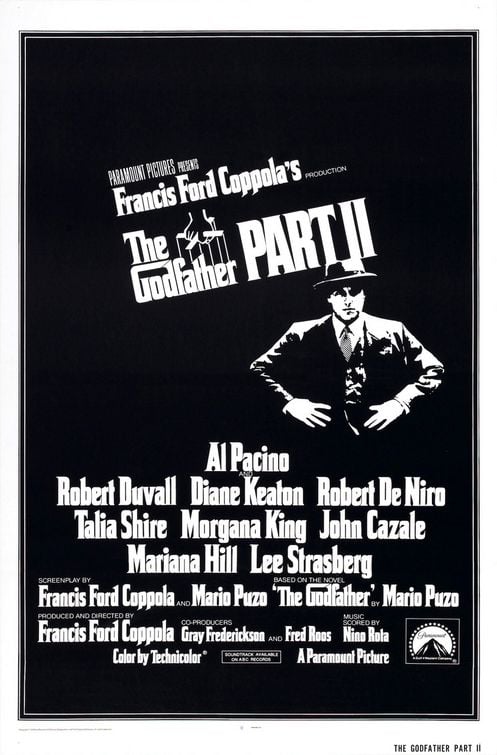
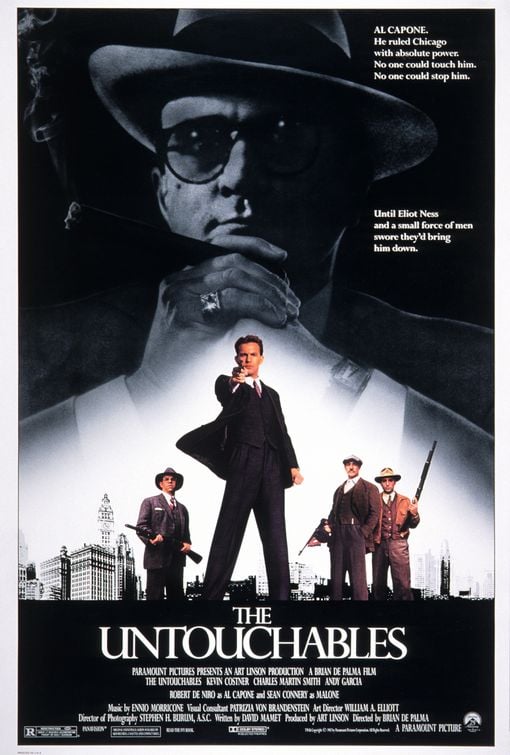
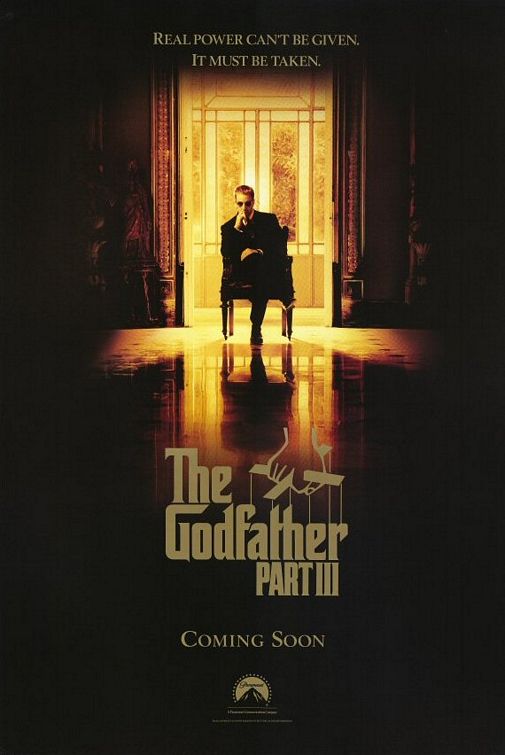
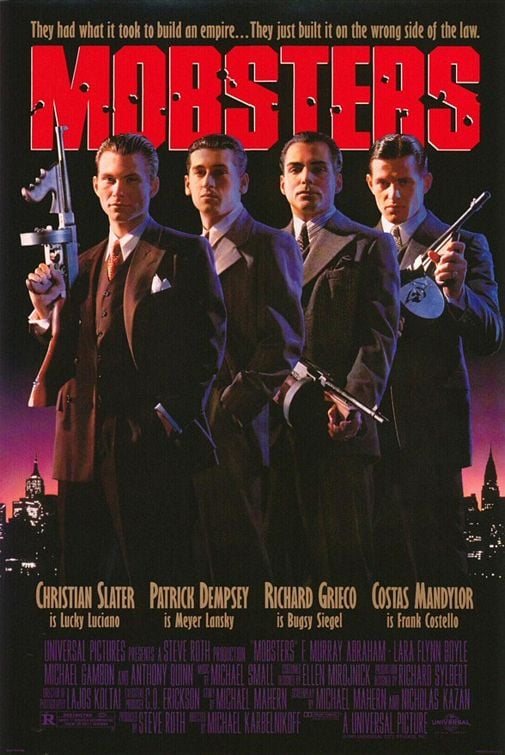
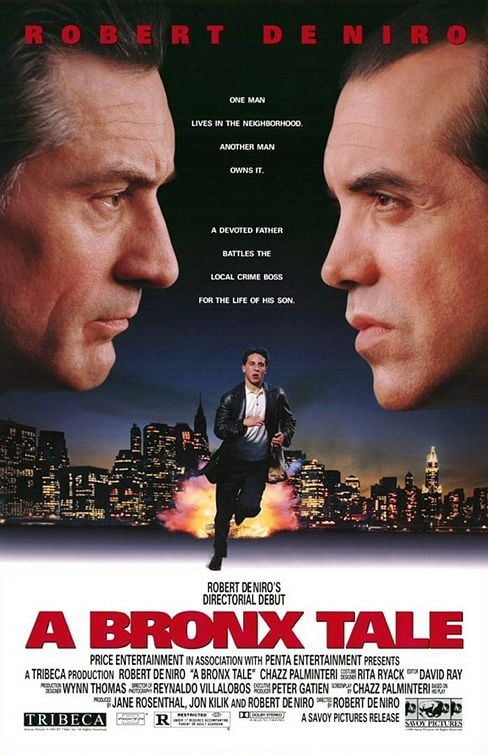
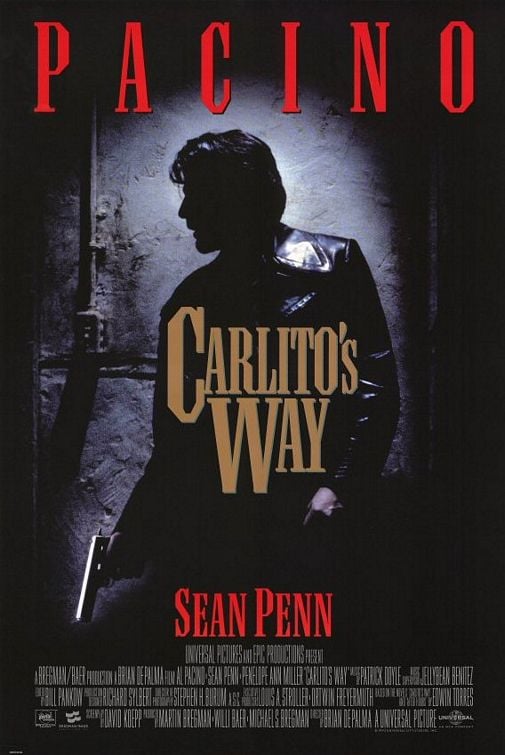
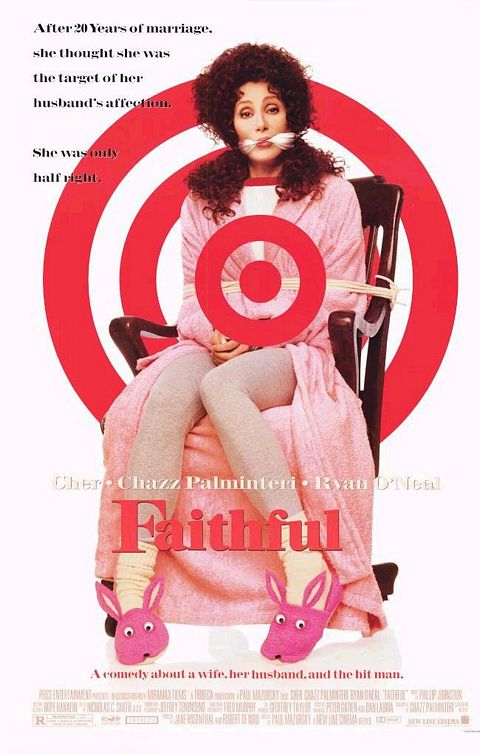
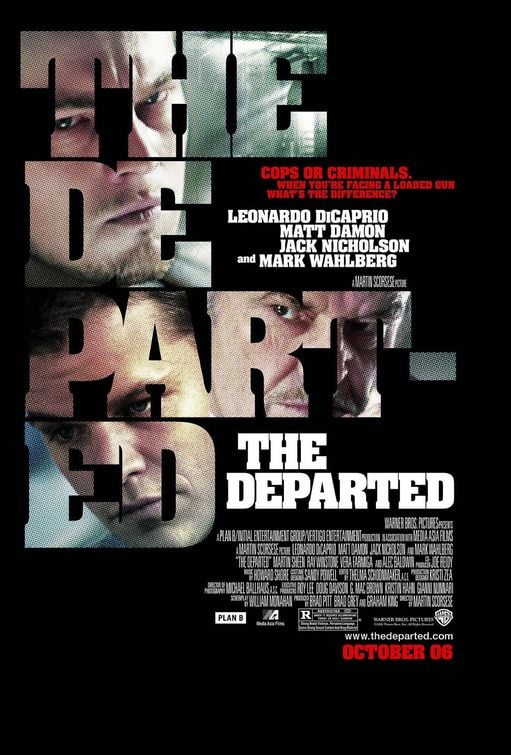
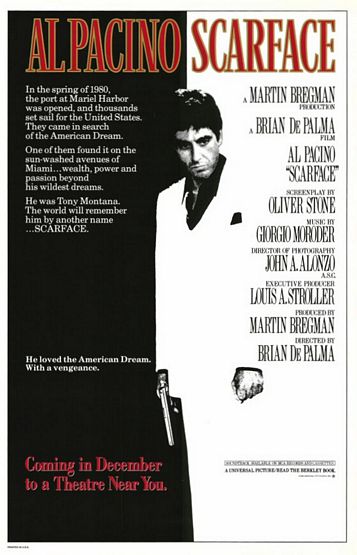
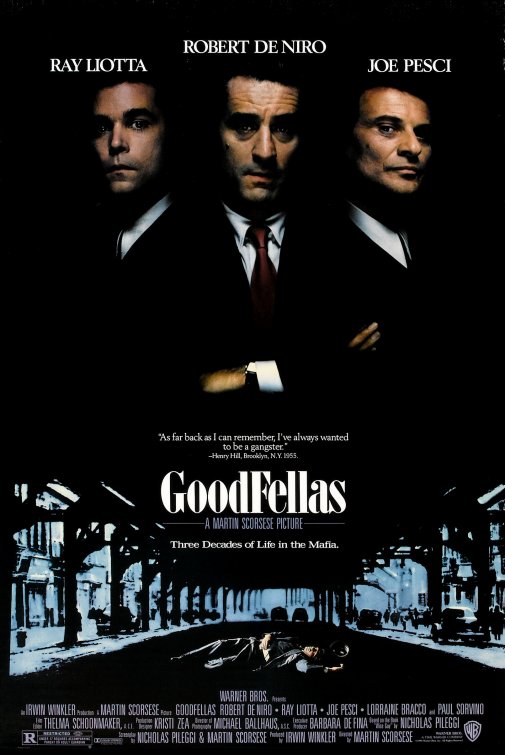
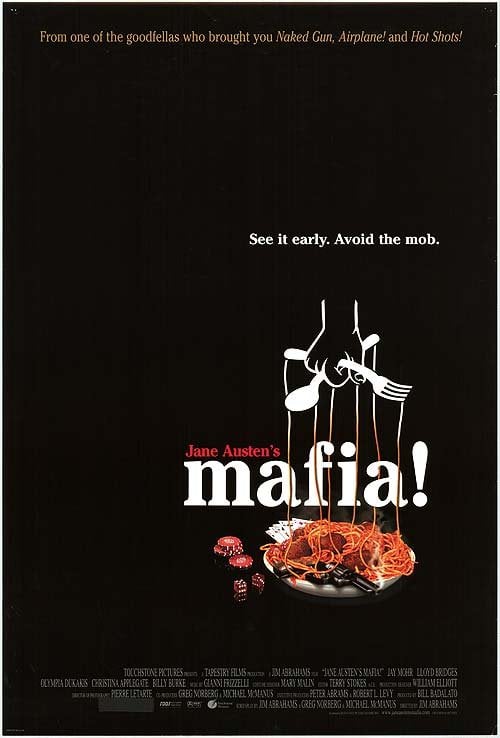
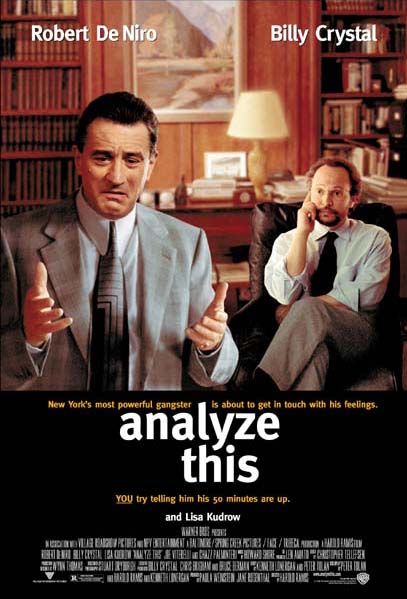
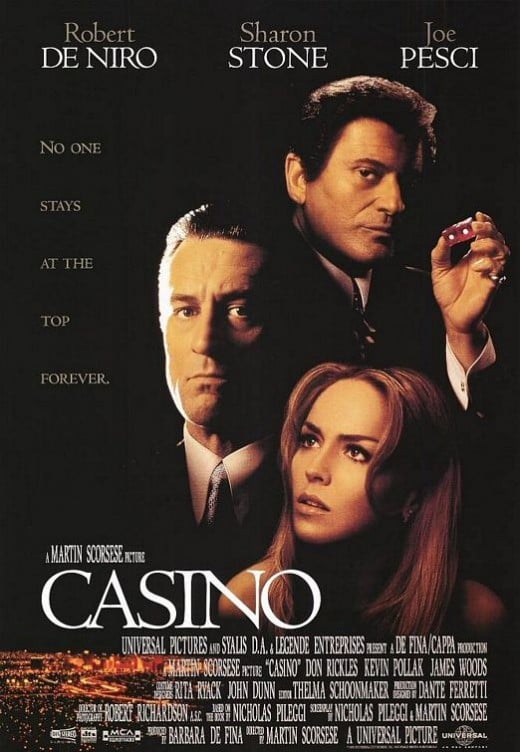
What is a gangster? According to the dictionary, a gangster can be crudely described as the member of a gang of criminals. Over the course of time, gangsters have become larger than life characters who were charming on the outside, but toxic killers when pushed too far. Al Capone was able to prosper during Prohibition because he mixed his violent temper with the desire to be quoted by the press. Overall, most gangsters have chosen a path that simply lead to a lengthy prison sentence or a brutal death. A prime example would be Capone himself who was convicted of tax evasion and not for the rest of his crimes.
In Hollywood, gangsters have been depicted on-screen by such legends as James Cagney and Edward G. Robinson with the right amount of malice and charm to keep viewers interested. Sometimes certain Directors tend to make a career out of gangster flicks, such as Brian De Palma (Scarface, The Untouchables, etc.) and Martin Scorsese (The Departed, Goodfellas, and Casino). When it comes to gangster flicks, some viewers would prefer to make fun of the dramatic movie stereotypes to break away from tradition. They were able to have some laughs after De Niro poked holes as his tough guy image in Analyze This. and Hollywood lampooned the whole genre in 1998's Mafia!, which had some mixed results and poor timing to come out before Analyze This made the idea a hit.
It would be an obvious choice to talk about the greatest gangster films with the recent of Gangster Squad, but it felt like a better idea to examine some of the strongest dynamics that came from those films. Most of the relationships/partnerships ended with a large body count, but that still shouldn't deter viewers from enjoying the 10 most memorable gangster film rivalries in recent years. Read on to see if you agree or disagree with the list. A few of the picks might surprise you.
Old School Rivalries
Humphrey Bogart and Edward G. Robinson in Key Largo (1948)- On the surface, the film might've been considered simply as another on-screen pairing for Bogart and Lauren Bacall, but this movie had a lot more going on than that. Key Largo was an ensemble film that allowed fine acting from Lionel Barrymore and Edward G. Robinson. The movie's main draw was the intense interaction between Bogart and Robinson who portrayed very different characters. Bogart's Frank McCloud was a lost soul looking to find someplace to call home, while Robinson's Johnny Rocco was a volatile gangster who longed overstayed his welcome. The on-screen tension was building from their first meeting. When their final confrontation was over, viewers were treated to one of the most intense battles that didn't always have to include physical violence, which was better in the case of this classic gangster film rivalry.
Christian Slater and Michael Gambon in Mobsters (1991)- When it comes to this 1991 film, the facts weren't always a key factor in the storytelling process. The acting might've been subpar at times, but the main draw was the battle between Slater's young gangster and Gambon's aging power player who crossed the wrong man. Their final confrontation was extremely bloody and worth the wait in a flawed story.
Complicated Familial Issues
James Caan and Marlon Brando in The Godfather (1972)- Okay, this pairing isn't really a conventional rivalry, but it's based on more of a difference in personality. Marlon Brando's Don Vito Corleone loved to follow the rules and keep in line with tradition, but Vito's son Sonny had a different take on his father's business. Brando designed Vito to be a man who could do a lot without going too over the top, which prevented Vito from becoming another cartoon mobster figure. His surprisingly powerful performance was what earned him the Oscar, even though he didn't really want it. James Caan's Sonny, on the hand, was the complete opposite of Brando's Vito. He loved to strike first before any questions were even asked. This difference of opinion kept father and son at odds with each other sometimes, but they still loved each other no matter what. Unfortunately, their very different personalities sealed their fates in different ways. Caan's Sonny had the bloodiest of on-screen exits, while Brando's Vito had a quieter but still powerful one. Despite the violent undertone, the movie was still a tale about a family that was bonded by their blood and the power that always made them a target.
Al Pacino and John Cazale in The Godfather: Part II (1974)- In terms of this movie sequel, the Corleone family was in a way corrupted from the inside by everyone's desire for a piece of the empire. Pacino's evolution from mild mannered to ruthless mobster was a shocking one from start to finish, but it was the reveal that Cazale's Fredo would be the one to truly hurt him the most. Cazale designed Fredo to be Michael's devoted older brother who felt left out and made some questionable decisions that led to Michael making the ultimate choice. Fredo's betrayal wasn't out of malice, but a need to prove to his brother that he was more than a secondary player. Cazale gave Fredo a level of vulnerability as he begged to be taken seriously in all the wrong ways. Sadly, the Corleone brothers could never really repair their relationship after that. Betrayal was all the same, even if family played a part in what happened. A tragic ending that foreshadowed the upcoming events in the final film decades later.
Al Pacino and Andy Garcia in The Godfather: Part III (1990)- Sadly, most moviegoers tend to dismiss the final film in the Godfather trilogy to be a resounding disappointment. It wouldn't be too hard to agree with them for many reasons. The biggest issue was some casting changes and the miscasting of Sofia Coppola as Michael's daughter. Once viewers get through the disorganized chaos, they can behold the intense dynamic between Pacino's aging Don and Garcia's brash Vincent Mancini. Pacino's character takes his nephew under his wing in an effort to help him find his purpose in life. Ultimately, Garcia's tough talking Vincent managed to steal the show from some Hollywood veterans; including Pacino on a few occasions. Like the original Godfather, the interaction between Michael and Vincent can be explained simply as a cautionary tale that it's sometimes better to find your own path, especially if there's a body count involved.
Right and Wrong Side of the Law
Kevin Costner and Robert De Niro in The Untouchables (1987)- In this classic gangster flick, Costner and De Niro squared off as opposing sides of the law. Costner was the straight laced Eliot ness and De Niro was the chatty but lethal Al Capone. For most of the movie, the actors didn't get to interact with each other until the film was almost over. The mere idea that they would square off on-screen was what viewers were salivating over. It also helped that Sean Connery's Oscar winning role helped to provide context for both characters when their final courtroom confrontation did take place. Although the movie might've played fast and loose with the story details, the idea of an entertaining adventure was worth the price of admission.
Robert De Niro and Chazz Palminteri in A Bronx Tale (1993)- In a strange turn of events, De Niro played against type a little bit with this movie. Instead of being the gangster role, he played the part of a regular working class father who tried everything he could to keep his son from following in the shoes of a local gangster (Palminteri). The story was a tug of war as two very different men tried to show one boy what it was like to be man in today's society. Of course, they both did things differently, but the resolution had both men coming to an agreement that their needs weren't necessarily the most important. In terms of rivalries, this Tale was a lot more realistic than most gangster flicks, even though it ended with a grim conclusion for one of the men.
Blurred Lines
Al Pacino and Sean Penn in Carlito's Way (1993)- Over the course of his career, Pacino has played his fair share of gangsters, but he truly made his mark in the genre when he played Carlito Brigante. Sure, Pacino did some of his usual acting tricks in the role, but he was a lot more calmer than when he played Tony Montana in Scarface. He gave Brigante a sense of playful romanticism that made moviegoers want to root for him, even though he committed some heinous crimes in his past. Penn, on the other hand, played Brigante's fast talking lawyer who was beyond over the top in every way possible. It's easy to explain that away by the character's drug addiction, but Penn seemed to enjoy the idea of going for broke on-screen. The actors were able to test each other in ways that it was more of a game of cinematic chicken than a movie plot. Penn's David was pushing for Pacino's Carlito to return to his old ways, but it was ultimately the downfall for both characters. The conflict between an endless supply of money and drugs wasn't paved without lethal consequences for everyone involved.
Cher and Chazz Palminteri in Faithful (1996)- Some people might be puzzled as to why this ultimately disappointing film might've made the cut, but it can be simply boiled down to the intense rapport between Palminteri and Cher. Their on-screen chemistry went beyond being a hit man and his newest mark. Viewers were never certain if they were going to kill each other or run off into the sunset together. Sure, let's face the fact that the movie did have a lot of plot holes, but it did excel when Palminteri and Cher dominated the screen. It's just the presence of everyone else that threatened to sink the film into too many clichés. It's a shame, because the film had potential to be memorable if they had a better focus on the story.
Jack Nicholson and Leonardo DiCaprio in The Departed (2006)- For many, this film has been known as the movie that finally earned Martin Scorsese a Best Director Oscar after multiple nominations and losses. The Departed was a lot more than that mere label, because it was a story that involved betrayal on multiple levels and a lot of bodies falling. The main story was the battle of good versus evil. Local gangster Frank Costello (Jack Nicholson) was able to stay one step ahead of the law with the help of multiple insiders. He didn't expect that his new hire Billy (Leonardo DiCaprio) would someone who could willingly stab him in the back by using his personal connections. DiCaprio played the brash local playing both sides of the law with equal skill, while Nicholson played a mostly toned down performance of his usual acting tapdancing. The movie also followed another rivalry between cops Matt Damon and Mark Wahlberg who had different motives as well. It was obvious from the very start that no one was going to be getting away scot free, but the one that was left standing was the true surprise.
In the end, most gangster films always concluded with the hero walking away while the bad guy suffered a mortal wound; regardless if it was real or metaphorical. Viewers cheered when Costner's Ness was able to defeat Capone and was able to eliminate the man who murdered his best friend in cold blood. Ultimately, gangster films were more like action flicks because viewers were sitting down for the strong violence and not for some valuable lesson. These film's taught people to beware of who they trust and to always think before pulling any trigger. Once you do, there's no going back.


